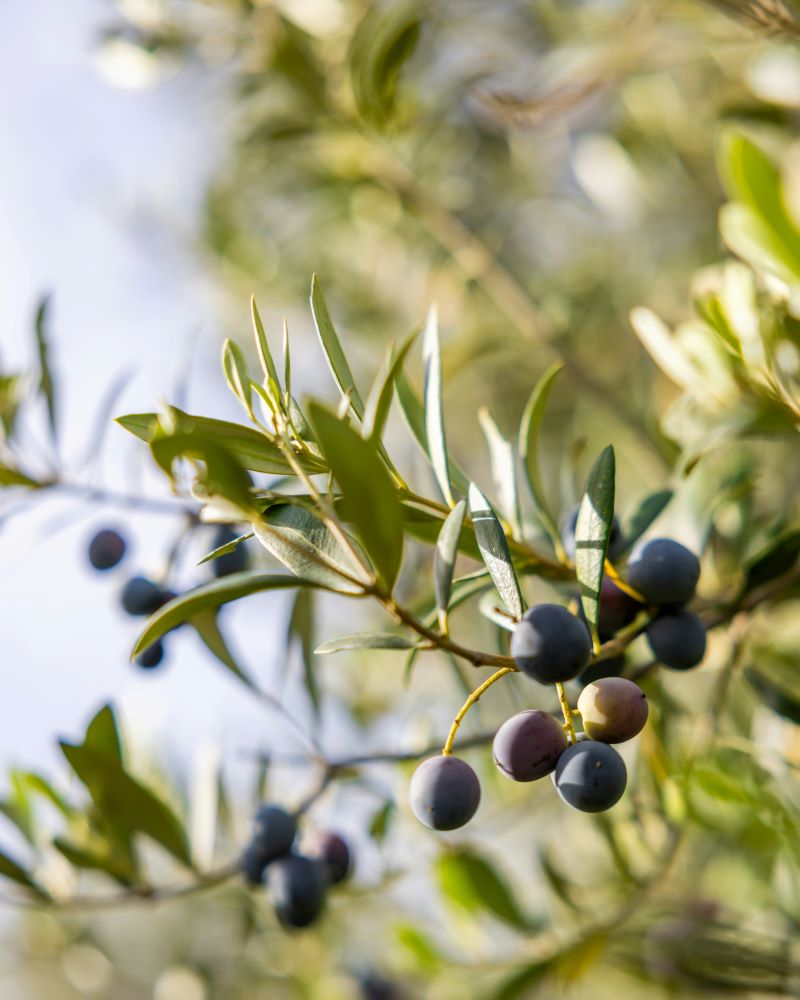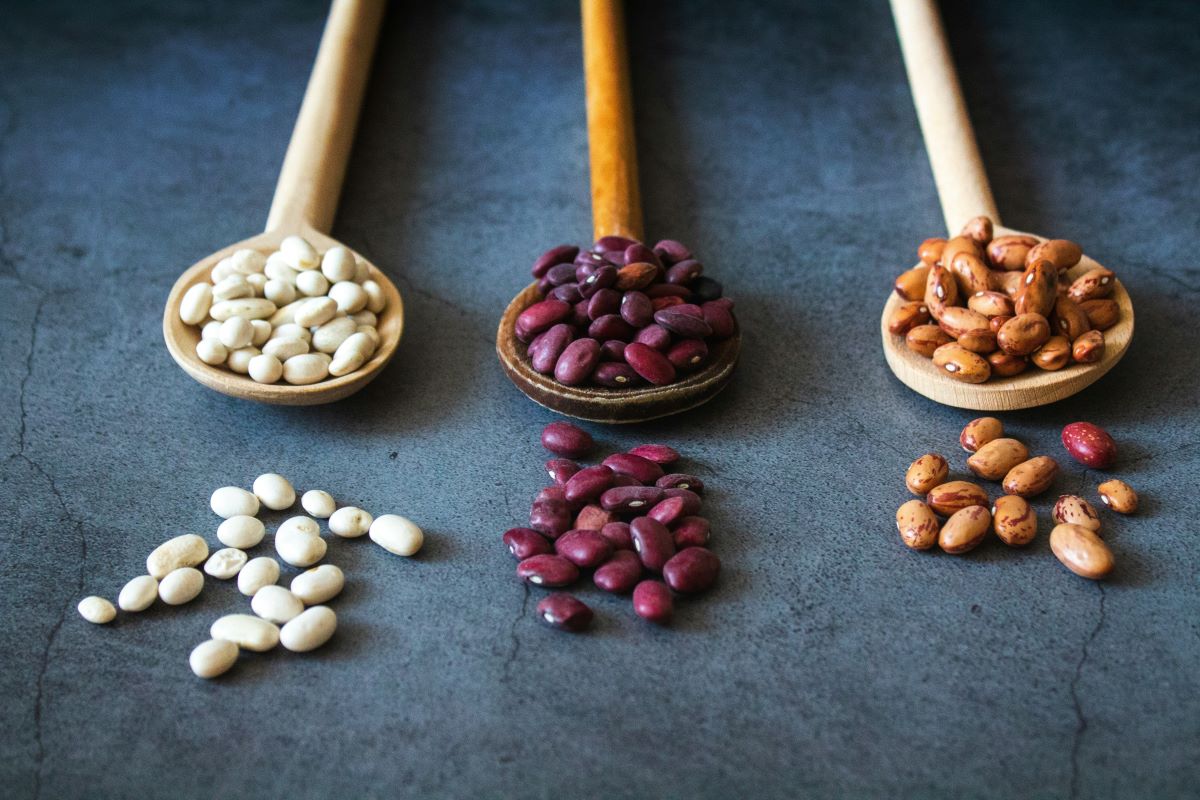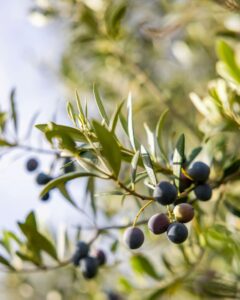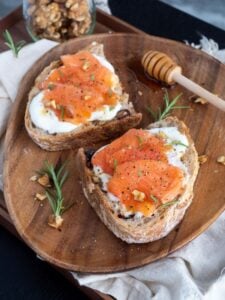- free shipping on orders above 400aed
Home // Daily Health // How Blue Zone diets fuel a longer, healthier life

Navigating the world of diets can feel overwhelming, with conflicting advice at every turn. We understand. That’s why we want to introduce you to the Blue Zone diets, an approach grounded in evidence, not fads. This isn’t a restrictive plan but a set of principles for long-term health and longevity, identified by researcher Dan Buettner. He studied the lifestyles in “blue zones,” regions where people, including many active centenarians, live exceptionally long lives.
The core of their success is a predominantly plant-based way of eating that supports healthy aging and helps prevent chronic diseases. These communities thrive on staples like beans and whole grains. This sustainable approach is about building habits for a lifetime of wellness. The goal is to improve not just your lifespan, but your healthspan, enhancing your vitality. The principles of the Blue Zone diets offer a clear, science-backed path to achieving greater longevity.
The term “Blue Zones” refers to specific regions of the world where people live exceptionally long and healthy lives. Identified by researcher Dan Buettner and supported by National Geographic studies, these areas have the highest concentrations of centenarians, people who live to be 100 or older. These communities provide a powerful model for understanding longevity. The five original Blue Zones are:
Researchers discovered that while their locations vary, these populations share nine specific lifestyle habits, known as the Power 9. Diet is a crucial component, with their eating patterns being predominantly plant-based and rich in staples like beans and whole grains. However, this approach is just one part of a larger framework for longevity. The principles also encompass natural physical activity, stress reduction, strong social connections, and maintaining a sense of purpose.
While the specific local produce in Sardinia, Italy, differs from the staples of Okinawa, Japan, the world’s longest-lived people share remarkable dietary patterns. These are not fad diets but time-tested nutritional philosophies built around whole, unprocessed foods. Scientists believe this shared foundation is a key driver behind their incredible longevity and low rates of chronic illness. By understanding these cornerstones, you can adopt principles that promote healthy aging and build resilience against conditions that commonly affect men’s health, such as heart disease and metabolic issues.
The most defining feature is their commitment to overwhelmingly plant-based nutrition. Across all Blue Zones, about 95% of daily food intake comes from vegetables, fruits, whole grains, and legumes. This plant-forward approach is less about complete restriction and more about proportion. Meat, particularly red meat, is eaten infrequently, on average only about five times per month in small portions. This diet floods the body with essential fiber, vitamins, and antioxidants critical for reducing inflammation, protecting cardiovascular health, and supporting robust cellular function.
Beans are the undisputed cornerstone of every Blue Zone diet. Whether it’s fava beans, black beans, lentils, or chickpeas, centenarians eat at least half a cup of cooked beans daily. This simple habit delivers a powerful combination of high-quality plant protein, complex carbohydrates, and more fiber than almost any other food group. This exceptional fiber content is vital for regulating digestion and blood sugar. It also nourishes a healthy gut microbiome, which modern medicine recognizes as fundamental to everything from your immune response to your mood and mental clarity.
When it comes to fats, the focus is on quality over quantity. Instead of processed trans fats, their diets are rich in healthy unsaturated fats from sources like olive oil, nuts, and avocados. These fats are essential for brain function and keeping arteries clear. They combine these with whole, unrefined grains such as oats, barley, and traditional sourdough bread, not the highly processed white flour products common today. These grains provide slow-release energy for lasting vitality and avoid the damaging blood sugar spikes linked to insulin resistance and weight gain.
Finally, it’s not just what they eat but how. Mindful eating is a shared value. Okinawans follow the 2,500-year-old adage “Hara Hachi Bu,” reminding them to stop eating when they feel 80% full. This practice of caloric moderation prevents the metabolic stress caused by overeating. They also tend to eat their smallest meal of the day in the late afternoon or evening, giving their digestive systems a long nightly rest. This intelligent, intuitive approach, combined with a diet of nutrient-dense whole foods, creates a powerful formula for lifelong health.
At the heart of all Blue Zone diets is a powerful commitment to plant-based eating. The meals enjoyed by the world’s longest-living people are approximately 95% plant-based, focusing on whole, unprocessed foods that build a strong foundation for health. This approach prioritizes a daily intake of nutrient-dense fruits and vegetables, whole grains, and legumes. The consistent, plant-based structure of these diets is a primary driver of exceptional longevity.

Key food groups form the daily nutritional bedrock:
This high-fiber diet, rich in beans and whole grains, directly supports healthy gut function and helps reduce chronic inflammation throughout the body. By creating this internal environment, Blue Zone diets foster the wellness that leads to a longer, healthier life.

While the foundation of Blue Zone diets is firmly plant-based, it does not mean eliminating all animal products. The key to their success in promoting longevity is mindful moderation. The world’s healthiest centenarians often treat meat as a special occasion food, consuming it only a few times a month. In contrast, they regularly include small portions of fish, up to three times per week. This provides lean protein and vital omega-3s, which are essential for heart and brain health.
Similarly, dairy and eggs are consumed sparingly. The focus shifts away from animal fats and toward healthier, plant-derived sources. The cornerstone of healthy fats in these diets is high-quality olive oil, used generously. This plant-based approach prioritizes protein and fiber from sources like beans and whole grains. In fact, beans are a true superfood for longevity, forming the core of many meals. This emphasis on beans and heart-healthy olive oil is a defining feature of Blue Zone diets, demonstrating how a primarily plant-based lifestyle can fuel a longer life.
A key practice among Okinawan centenarians is “hara hachi bu,” the simple rule to stop eating when you are 80% full. This mindful approach is a form of natural caloric restriction that supports healthy aging and longevity. This principle is a cornerstone of Blue Zone diets, which emphasize a plant-based intake of beans and whole grains. Meal timing is also crucial: they eat their largest meal earlier in the day and a smaller one by late afternoon, avoiding late eating. This strategy enhances digestion and contributes to their remarkable longevity.
Adopting a new way of eating is a significant step, and it’s smart to ask how it aligns with your specific health objectives. Many men wonder if a particular diet can support their fitness goals, like building muscle, or if it’s safe while managing existing health conditions. The answer isn’t about following rigid rules, but about intelligent adaptation. A successful dietary plan should work for you, not the other way around. This is about creating a sustainable approach that supports your unique body and lifestyle.
If your focus is on building strength and muscle, your main concern is likely getting enough protein. It’s crucial to ensure any new diet provides sufficient high-quality protein to repair and grow muscle tissue after workouts. This may mean adjusting the diet’s core principles to prioritize lean meats, fish, or powerful plant-based sources. Furthermore, timing your nutrition around training can make a powerful difference. A balanced meal post-workout helps accelerate recovery and supports lean muscle growth, a strategy that can be integrated into most dietary frameworks.
For men managing metabolic conditions like high blood sugar or cholesterol, personalized medical guidance is essential before making major changes. While many diets claim to improve these markers, the wrong approach could be ineffective or even counterproductive. A DHA-licensed doctor can help you modify any diet to ensure it safely complements your overall health strategy, ensuring you get the benefits without the risks. This professional oversight helps you move forward with confidence and clarity.
Ultimately, the most effective diet is one you can maintain for the long term. Instead of strictly adhering to every guideline, view it as a flexible template. Focus on the foundational principles while making practical adjustments that fit your individual health needs. By adapting the approach, you can harness its benefits without sacrificing your personal wellness goals, creating a healthy and sustainable path forward.
While the eating habits of centenarians offer a powerful blueprint for longevity, you might worry if a mostly plant-based diet provides enough protein. This is a valid concern, as maintaining muscle mass is vital for healthy aging and long-term strength. The goal isn’t to sacrifice muscle for longevity, it’s to achieve both.
The key is to adapt Blue Zone principles, not abandon them. You can meet your protein needs by making high-quality plant-based sources the foundation of your meals. Focus on staples like beans, lentils, and other legumes, which are packed with protein and fiber. Combining these with whole grains creates a complete protein profile. For an extra boost, you can strategically incorporate small portions of fish or lean meat, ensuring your pursuit of longevity supports your fitness goals. This way, you get the benefits of longevity foods without compromising your muscle goals.

The lessons from the world’s centenarians offer a powerful blueprint for longevity, but how do they apply to modern health concerns? If you manage metabolic issues or poor carbohydrate tolerance, the principles of Blue Zone diets can be adapted. The key is swapping processed foods and sugar for nutrient-dense alternatives. Instead of refined carbs, focus on high-fiber whole foods. A smart, plant-based approach emphasizes complex carbohydrates from sources like whole grains and prioritizes non-starchy vegetables. Legumes, especially beans, are central to this eating style, providing protein and fiber for stable energy. This path to longevity isn’t about rigid rules, as it can be personalized under medical guidance to help manage chronic diseases and improve your prospects for a long, healthy life.
While a diet centered on plant-based foods like beans and whole grains is a cornerstone, it’s only one part of the story. The remarkable longevity of people in these cultures proves that true wellness isn’t just about what you eat. The benefits of Blue Zone diets are amplified by the broader “Power 9” principles, which are the shared lifestyle habits that promote healthy aging. This includes consistent, natural physical activity, strong social connections, and a clear sense of purpose that guides daily life. Together, these factors create a powerful synergy that contributes to greater longevity. It shows that achieving lasting health requires a holistic approach to men’s health, where diet and daily habits are fully integrated for maximum benefit.
Adopting new habits doesn’t require a complete life overhaul. The key to lasting change and longevity is making small, sustainable swaps. Blue Zone diets, inspired by the world’s longest-living people, offer simple food guidelines. These diets are heavily plant-based, focusing on whole foods that nourish your body. The goal is to gradually incorporate more nutrient-dense options, like beans and whole grains, into your routine. Think less about restriction and more about addition. By introducing more powerful legumes like beans and complex carbohydrates from whole grains, you build a foundation for better health. Below are some practical swaps to help you apply these principles. It’s about progress, not perfection.
| Instead of This | Try This | The Benefit |
| White Bread | Sourdough Bread | Supports gut health and digestion. |
| Sugary Drinks | Herbal Tea or Water | Reduces empty calories and boosts hydration. |
| Processed Snacks | A Handful of Nuts | Provides healthy fats and satisfying protein. |
| Butter for cooking | Olive Oil | Rich in heart-healthy monounsaturated fats. |
| Beef Burger | Bean Patty or Lentil Soup | Increases fiber and plant-based protein. |
The dietary patterns of the world’s centenarians provide a powerful blueprint for healthy aging. View the Blue Zone diets not as a rigid set of rules, but as a flexible, plant-based framework built on staples like beans and whole grains. The goal is sustainable, long-term well-being, which is the true foundation of longevity. Before making significant dietary changes, consulting with a medical professional can help adapt these principles to your personal health needs. We are here as your dedicated partner in men’s health, ready to support your journey toward lasting vitality.
The world’s five Blue Zones are regions known for exceptional health and longevity: Okinawa, Japan; Sardinia, Italy; Nicoya, Costa Rica; Ikaria, Greece; and Loma Linda, California. Researchers identified nine shared lifestyle habits, called the Power 9 principles, that contribute to their vitality. These include moving naturally, having a sense of purpose, managing stress, stopping eating when 80% full, and maintaining strong family and community ties. These principles provide a holistic framework for a longer, healthier life.
Blue Zone diets are overwhelmingly plant-based, focusing on whole foods. A typical list includes a variety of vegetables, fruits, nuts, and legumes. The cornerstones of their diet are beans, including fava and black beans, and whole grains like oats and barley. Meat is consumed sparingly, about five times per month, while fish is eaten more regularly in some regions. Dairy is also limited. This approach prioritizes nutrient-dense, fiber-rich foods that support overall health and wellness.
You can easily adapt this eating style to support muscle health. While the diet is largely plant-based, it provides ample protein from sources like beans, lentils, and tofu. To ensure you’re meeting your protein needs, you can focus on these plant-based sources at every meal. You might also consider slightly increasing your intake of high-quality fish or lean poultry, which aligns with the moderate consumption patterns seen in several blue zones. This provides the building blocks for strength and longevity.
Absolutely. The flexibility of a plant-based approach makes it adaptable. If you have metabolic concerns, you can prioritize non-starchy vegetables, leafy greens, and healthy fats from olives, avocados, and nuts. You can moderate your intake of higher-carbohydrate foods while still embracing the core principle of eating whole, unprocessed foods. This focus on nutrient-rich ingredients supports stable blood sugar levels and can be tailored to fit your specific metabolic needs, as advised by your doctor.
The Blue Zone diets are best viewed as a set of flexible food guidelines, not a rigid prescription. The principles are not “all-or-nothing” and can be integrated into your current lifestyle. The goal is to adopt sustainable, long-term habits, such as making plant-based foods the star of your meals and reducing processed items. By incorporating these core ideas, you can build a healthier eating pattern that supports your wellness and longevity goals without feeling overly restricted or overwhelmed.
🌿 Find Your Blue Zone Starting Point
Answer 3 questions to get a personalized tip for integrating these powerful longevity principles into your life.
Sign up for our newsletter to receive exclusive access to new product launches, expert skincare tips, and special promotions. Our team of men’s grooming experts are dedicated to helping you look and feel your best, and our newsletter is the perfect way to stay up-to-date on the latest trends and techniques. Don’t miss out on this opportunity to join our community of like-minded men who prioritize self-care and confidence.